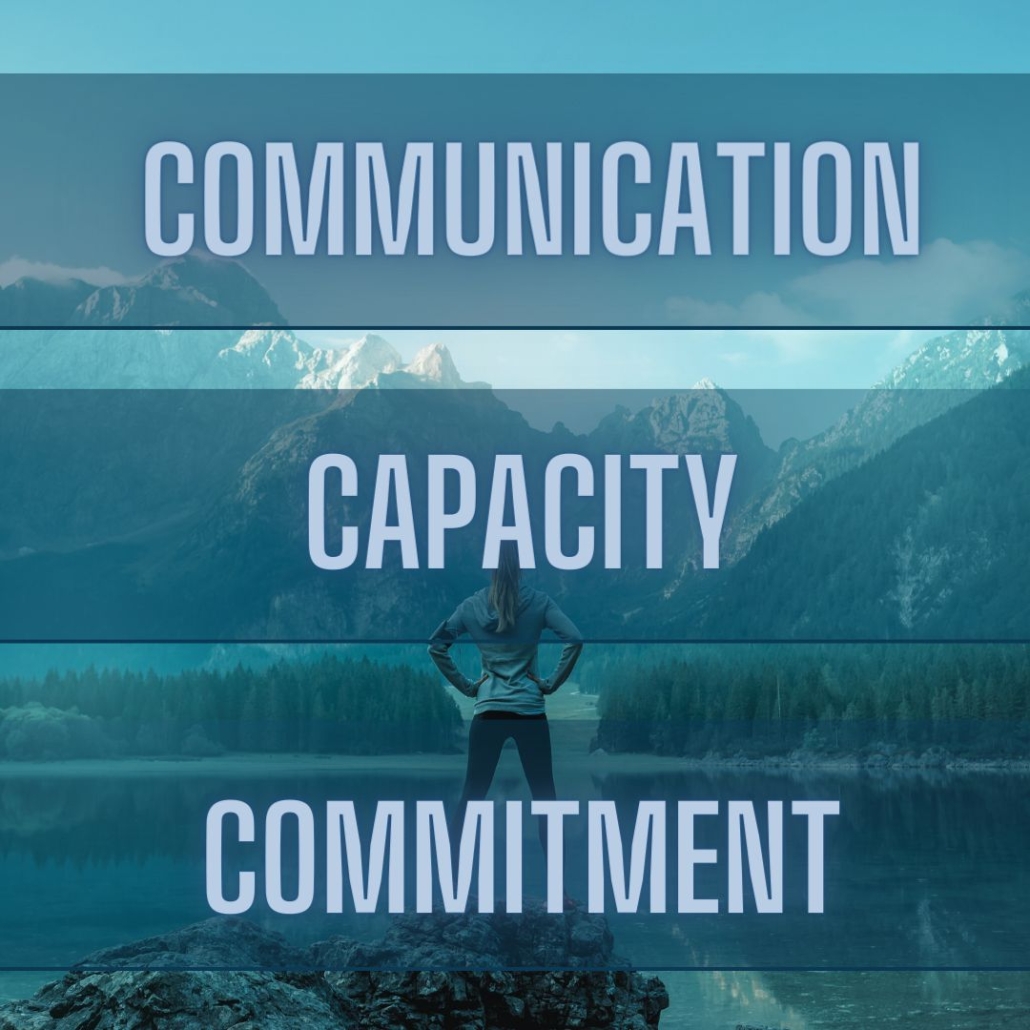The undervalued virtue of human goodness
The undervalued virtue of human goodness
Growing up on a farm meant that we took our garbage to the dump every month.
A man named Monti lived there in a discarded trailer. Monti lived off of what other people dropped off. He had a thick, matted grey beard that hung down his chest and was always dressed in same old tattered coveralls. He smelled worse than a dead rat. And every time we visited the dump, Monti and his toothless smile greeted us as we unloaded the garbage.
Dad would faithfully stop with a thermos of hot chocolate and visit with him when we were done. It was painful for me to sit through the conversation in that old, foul-smelling trailer. I never quite understood why my father had the time of day for Monti.
That is, until my parents sold the farm and Monti rode his old bike ten miles to say good-bye to my father. He had tears in his eyes the last time he and my father shook hands. I saw how much my father’s kindness meant too him.
Today, after many years of working with and learning from a wide range of leaders, I understand that those seeds of goodness planted in my formative years were my first exposure to leadership. I’ve learned that although ability matters in a leader, inner qualities matter more.



